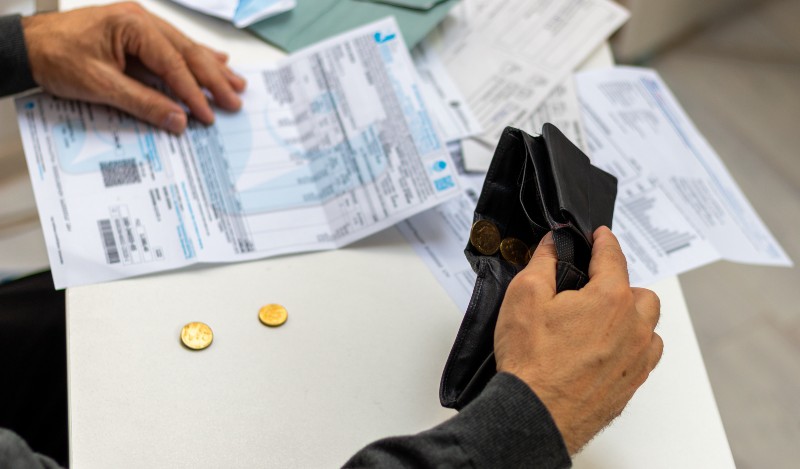
December 19, 2023
How to Better Measure Poverty
November 30, 2023
Evaluating the Success of the War on Poverty Since 1963 Using an Absolute Full-Income Poverty Measure
Abstract We evaluate progress in the War on Poverty as President Lyndon B. Johnson defined it, which established a 20% baseline poverty rate and adopted an absolute standard. While the official poverty rate fell from 19.5% in 1963 to 10.5% in 2019, our absolute full-income poverty measure—which uses a fuller income measure and updates thresholds…

November 30, 2023
Evaluating the Success of the War on Poverty since 1963 Using an Absolute Full-Income Poverty Measure
Abstract We evaluate progress in the War on Poverty as President Lyndon B. Johnson defined it, which established a 20% baseline poverty rate and adopted an absolute standard. While the official poverty rate fell from 19.5% in 1963 to 10.5% in 2019, our absolute full-income poverty measure—which uses a fuller income measure and updates thresholds…

October 30, 2023
The Effect of Elevating the Supplemental Poverty Measure on Government Program Eligibility and Spending
Abstract A recent National Academy of Sciences report recommends elevating the Supplemental Poverty Measure (SPM) to the “nation’s headline poverty statistic.” I project how making the SPM the official poverty measure would affect eligibility for government assistance programs whose eligibility thresholds are tied to the official poverty line. Making the SPM the official poverty measure…

October 11, 2023
CHANGING THE OFFICIAL POVERTY MEASURE WOULD HELP RICH STATES AND HURT POOR STATES
Earlier this year, a National Academies of Sciences, Engineering, and Medicine report recommended elevating the Supplemental Poverty Measure (SPM) to the “nation’s headline poverty statistic,” and noted that the Office of Management and Budget could christen the SPM as the new official poverty measure. This action would require no Congressional input. The two interactive maps below report…

October 5, 2023
Changing the Official Poverty Measure Would Help Rich States and Hurt Poor States
In this post I discuss the policy implications of declaring the Supplemental Poverty Measure the new official measure, an action that could be taken unilaterally by the Director of the Office of Management and Budget without any input from Congress. First, I report how eligibility for major means-tested programs would substantially rise in higher income…

February 1, 2023
The Change in Poverty from 1995 to 2016 Among Single‐Parent Families
Whether poverty has risen or fallen over time is a key barometer of societal progress. Between 1970 and 2020, the official poverty rate in the United States fell by just 1.2 percentage points (9.5 percent), suggesting limited economic gains for the disadvantaged despite large investments in anti‐poverty programs. In contrast, several recent studies have found much…

July 2, 2021
Addressing the Shortcomings of the Supplemental Poverty Measure
Key Points Read the PDF. Executive Summary The US Census Bureau publishes the Supplemental Poverty Measure (SPM) each year to provide important information on low-income Americans’ well-being. In early 2021, a National Academies of Sciences, Engineering, and Medicine (NASEM) panel formed to evaluate and recommend improvements to the SPM. To inform the NASEM panel and…